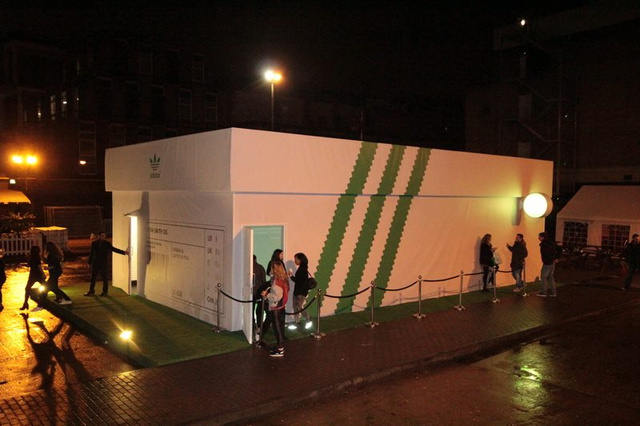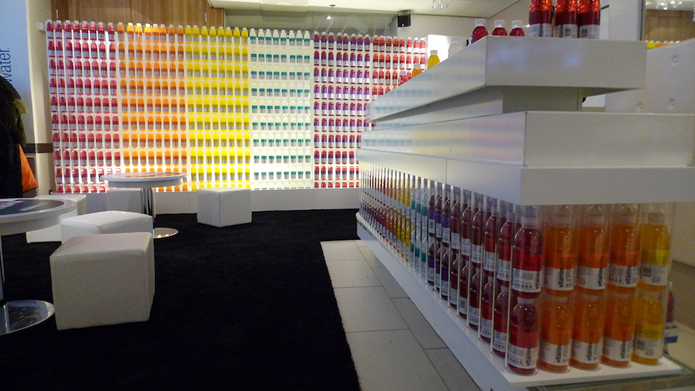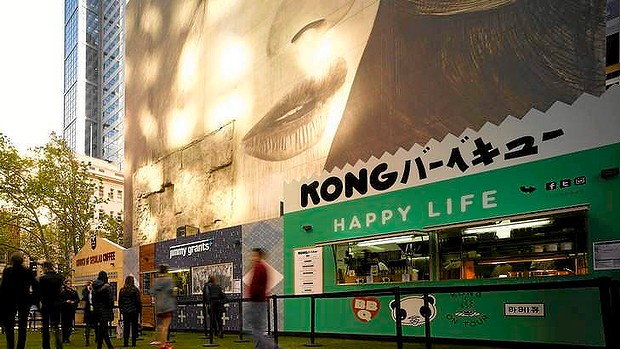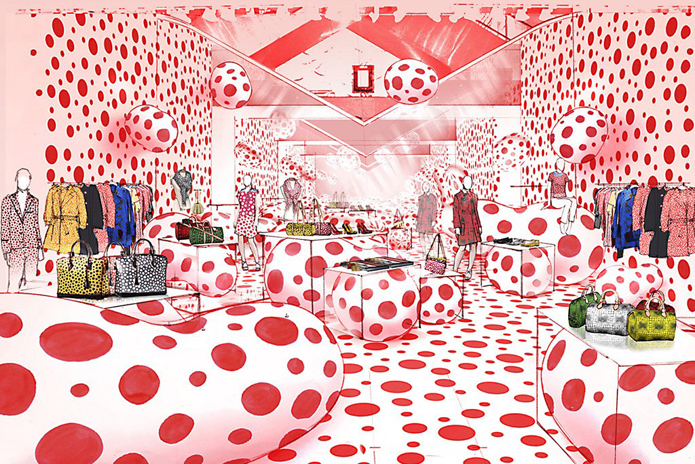
A growing trend in short-term brand activations is getting traction, not just in Melbourne, but everywhere. “Pop Ups” are becoming a viable way for businesses and brands to utilise spaces in short term experiments, to keep themselves fresh, keep pushing ideas and trial things that may give them a long term edge and leg up.
There’s a certain consumer psyche that has developed since the wave of social media has hit and affected our lives. It is driving us to want to experience different things, be part of a small group (those in the know) and then be able to share with our friends that we are somehow different, or special because we were in the know.

A natural evolution of this thinking is the development of short-term spaces, commonly known as Pop-Up stores. Around the world, brands of all shapes and sizes are starting to utilise them in incredible ways. Originally associated locally with the food truck wave that has hit the Melbourne food scene, global brands like Adidas, Vitamin Water and Louis Vuitton are creating short-term spaces, often tailored specifically to the location as ways to continually engage their audience, and put a time limit on a purchase. But this time limit moves beyond retail sales events; Pop-Ups create a social element and a temporary location to explore. It elevates the retail experience beyond bricks and mortar and into our growing desire to connect and share. The purchase is almost secondary to the experience.

At the forefront of the Pop Up movement in Melbourne is Pop Union. A fast moving and intelligently opportunistic group, Pop Union is aware of the potential that Pop Up spaces can have for brands. As they say on their site, “Although flogging excess merchandise or trying out experiential marketing for a few weeks isn’t to be sniffed at, brands are achieving a longer-term impact by using pop-ups as data collection exercises. This can be as simple as asking customers for email addresses, to using mobile pop-up concepts (think temporary shops in buses) to decide on the location for a permanent bricks-and-mortar store… Where pop up has been most successful is in changing customer perception of established brands. It’s not about making them look ‘cool’ or ‘on trend’ necessarily, but about making people think and re-asses their relationship.”

So what does this mean for brands in the long term? Is a Pop-Up an option for every brand or is it restricted only to those with the budget to spare? Trends are suggesting that with the right thinking, Pop-Ups can indeed be for everyone. If short-term sales are the goal for a FMCG brand, they’re likely to have more success with a point-of-sales promotion. But if there is broader thinking and strategy to bring a new product to market or engage with their audience beyond product promotion, then a Pop-Up is a definite option. For a young brand, or someone with a restricted budget, a Pop-Up can be a way to develop some interest and brand awareness (and make some much needed sales) without the risk of long term rental agreements and fall-out.

At the end of the day, what a Pop Up really means is a new way of thinking about your brand and how you present to the market. It’s a disruptive industry and can yield some very high returns if the overall strategy is suitable and your brand doesn’t initiate a Pop Up just because. As a brand strategy agency, we’re always looking at ways we can activate brands in new and engaging ways. Pop Ups are just one of a multitude of options, but they do lend themselves to some exciting times ahead — so if you need some fresh thinking and ideas, get in touch.
Original article here.
Written for Truly Deeply blog.